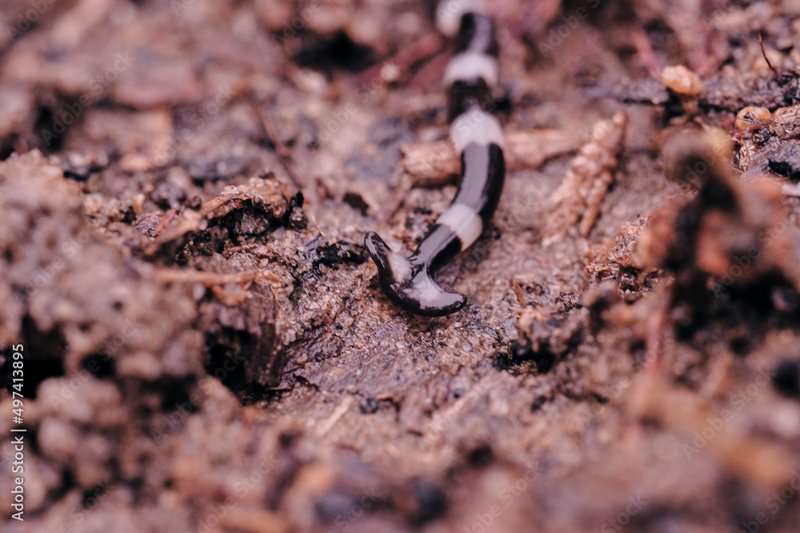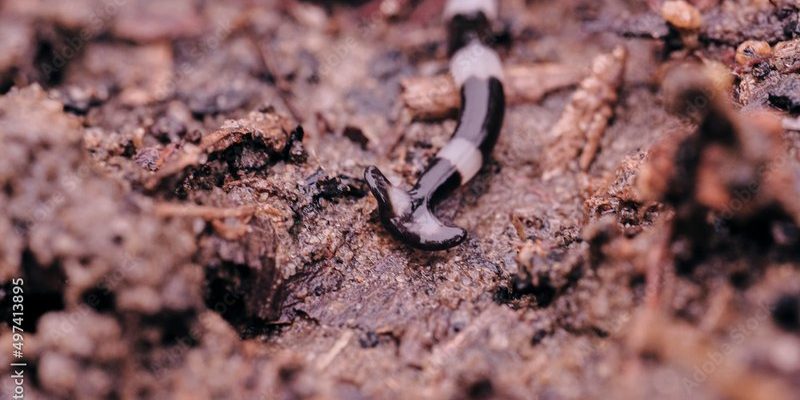
Picture this: you’ve just planted a beautiful array of flowers, and everything looks perfect. The sun is shining, and the birds are chirping. But then, you spot a long, wiggly creature inching by. Is it a harmless earthworm, or could it be a pesky hammerhead worm? Knowing the difference is crucial for keeping your garden healthy and thriving.
In this article, we’ll explore how to identify hammerhead worms in your garden soil and why it’s essential to keep them in check. You might be wondering why these worms matter. Well, they can disrupt the balance of your garden’s ecosystem, so let’s get into the nitty-gritty!
What Are Hammerhead Worms?
Hammerhead worms, scientifically known as *Bipalium kewense*, are a type of flatworm. They originate from tropical regions but have been making their way into gardens across the globe, increasingly found in places like the U.S. and Europe. Think of them like uninvited guests that sneak into your backyard barbecue—no one really wants them there.
These worms can grow quite long, often reaching up to 12 inches. Their bodies are usually a mix of brown, gray, or black, with a distinctive hammer-shaped head that sets them apart from other worms. When you spot one, it doesn’t wiggle like a regular worm. Instead, it has a slow, gleaming glide that might make your stomach turn—as if it’s strutting around like it owns the place.
What’s more concerning is their diet. Hammerhead worms feast on other soft-bodied creatures, like earthworms. That’s right; your garden’s healthy earthworm population could be at risk, which leads to problems like poor soil aeration and reduced nutrient levels. And that’s no bueno for your plants!
Identifying Hammerhead Worms
So, how do you tell a hammerhead worm from a regular earthworm? It’s all in the details. Here are some key features to look for:
- Shape: The most visible characteristic is their head, which resembles a hammer or a spatula, flat and wide.
- Color: They typically have a dark brown, gray, or black body, sometimes with stripes.
- Movement: Unlike earthworms, hammerhead worms move in a more deliberate manner, gliding rather than squirming.
- Size: They can grow up to 12 inches long, while most earthworms are shorter and stockier.
If you’re still unsure, consider their habitat. Hammerhead worms prefer moist, shady areas of your garden, often hiding under leaves or rocks. So, if you see a long, flat worm lurking in these spots, it’s likely a hammerhead.
Why Are Hammerhead Worms Problematic?
You might be wondering why you should care about a worm that seems harmless at first glance. Here’s the thing: hammerhead worms are more than just a weird sight. They can harm your garden in several ways:
1. Threat to Earthworms: As mentioned earlier, hammerhead worms love to snack on earthworms. Earthworms play a vital role in enriching your soil. Without them, your plants may suffer from poor growth and reduced health.
2. Disruption of the Ecosystem: The presence of hammerhead worms can upset the natural balance of your garden. When one species thrives at the expense of another, it can lead to a less diverse ecosystem, which is essential for a flourishing garden.
3. Difficulty in Control: Once they invade, hammerhead worms can be tricky to get rid of. They reproduce quickly, making it challenging to reduce their numbers without a concerted effort.
How to Manage Hammerhead Worms
If you find hammerhead worms in your garden, don’t panic! There are steps you can take to manage them effectively. Here are some tried-and-true methods for keeping these invaders at bay:
- Remove Them by Hand: If you spot a hammerhead worm, you can simply pick it up using gloves and relocate it far from your garden. Just make sure to wash your hands afterward.
- Traps: Set up traps using bait, like a mix of beer and sugar. Place the traps in shady areas where you’ve seen these worms. They’ll be drawn to the scent and get trapped.
- Soil Management: Improve soil health by incorporating organic matter. Healthy soil supports a diverse ecosystem, helping to keep pest populations in check.
- Natural Predators: Encouraging natural predators, like birds and some beneficial insects, can help control the hammerhead worm population.
Remember, it’s essential to be patient. Managing these worms won’t happen overnight, but with diligence, you can keep your garden healthy.
Identifying hammerhead worms in your garden soil is more than just spotting a strange-looking creature. It’s about protecting your garden’s health and ensuring a thriving ecosystem. By understanding their characteristics and impacts, you can take steps to manage their presence effectively.
Gardening can be intricate, with unexpected challenges popping up when you least expect them—like a hammerhead worm trying to crash your green-thumb dreams. But with the right knowledge and tools, you can navigate these hurdles. Trust me, keeping your garden healthy is a rewarding journey worth taking! So, keep an eye out, and let’s keep those hammerhead worms at bay!

